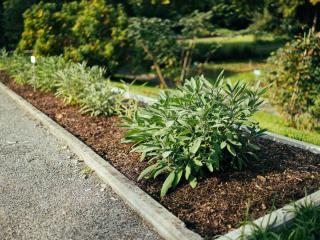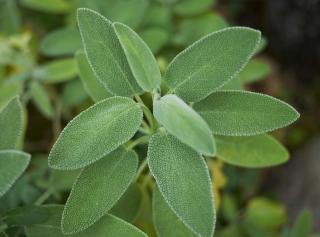

Medicinal sage or Salvia officinalis is a fabulous herb with a very specific flavor.
Key Medicinal Sage facts
Name – Salvia officinalis
Family – Lamiaceae
Type – herbs and spices
Height – 20 to 24 inches (50 to 60 cm)
Exposure – full sun
Soil: rich and well drained – Harvest: all year round
Caring for it is easy and these few tips will help you increase the growth of your sage.

Just like sage, it loves well-exposed emplacements.
It is possible to collect the sage anytime during the year.
The first year, wait for the sage to form a nice little bush before harvesting leaves so that it has enough time to grow a bit first.
Cut back at the end of summer in order to promote growth of new shoots before winter, or at the end of winter to avoid having it grow too much and let it keep a tight bearing.
In both cases, you can cut all the way back to about 6 to 8 inches (15 to 20 cm) from the base of the plant itself.
You’ll find almost nothing that dares attack this plant!
Quite the opposite. Sage repels pests like the cabbage white butterfly and many more.

Medicinal sage is a digestive aid, and stimulates the body, so ingesting it will bring your body even more benefits.
Since it is an evergreen plant, its ornamental value lasts all year. The multiplicity of available varieties offer a wide range of leaf colors, which makes it a very ornamental plant.
Widely encountered in the Mediterranean hinterland, sage doesn’t need much water to grow, quite the opposite.
Learn more about herbs and spices: